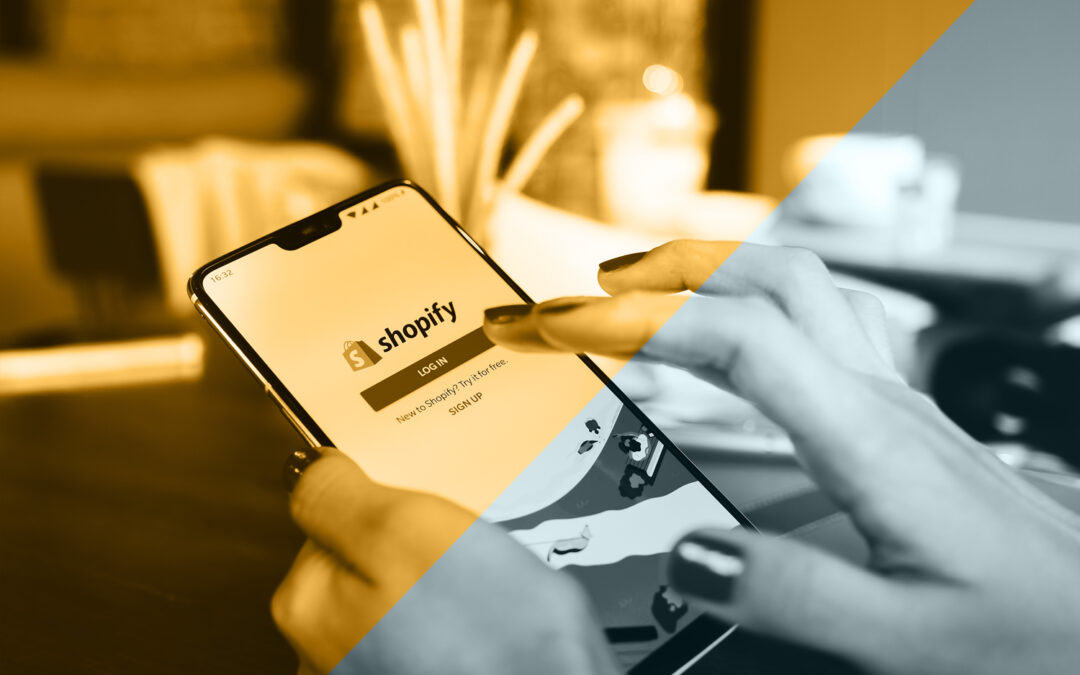
by Amy | Feb 7, 2025 | Analytics Reporting, SEO, Website
A website isn’t just a few pretty pictures and clever words thrown together. It’s a living, breathing space that requires two essential elements to stay vibrant, secure, and accessible—hosting and domain names. At Root & Roam, we believe in making the complex...

by daron | Apr 6, 2023 | Analytics Reporting, Digital Advertising, Digital Marketing
Key Performance Indicators (KPIs) are crucial aspects of any marketing strategy and play a vital role in tracking the effectiveness and efficiency of your marketing campaigns. They are quantitative values that help you measure your progress towards your marketing...

by Amy | Nov 24, 2021 | Analytics Reporting, Root & Roam Blog, Website
Selling on Shopify – As the world is ever-changing, more and more people are doing their shopping online. From basic necessities to clothing and groceries, just about everything is available for purchase through the World Wide Web. Perhaps you have a brick and...

by Amy | Jun 29, 2021 | Analytics Reporting, Audit, Creative Services, Digital Advertising, Digital Marketing, Local SEO, SEO, SEO Strategy, Social Media, Traditional SEO, Website
It’s hard to believe at times, but the internet has rules. There are protocols and conventions that, when followed, tend to make things easier on all of us. They also make the content we create more accessible to more people! One of the foremost jobs of a digital...

by Amy | May 11, 2021 | Analytics Reporting, Digital Advertising, Digital Marketing, Lead Generation, SEO Strategy, Social Media, Traditional Marketing
Owned, Earned, And Paid Media: The Digital Marketing Trifecta You may have heard the terms “Owned, Earned, and Paid Media” tossed around in the past and could be concerned that they are new types of media that you must have to optimize and create a well-rounded...






